Berkeley Haas Opens Fall 2017 With Its Largest Full-Time MBA Class Ever and New Building
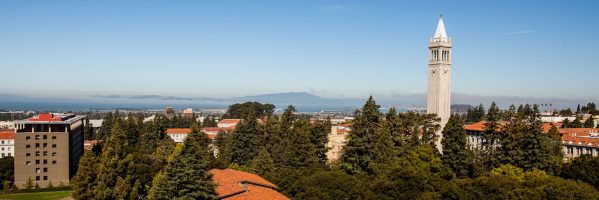
Like many top business schools this time of year, the Haas School of Business at the University of California at Berkeley is welcoming its incoming class of MBA students—but at Haas it’s a bigger group than ever before moving into brand-new digs that promise to be among the greenest in the nation.
There are 284 students in the entering class—32 more than last year—which brings what has long been the smallest leading business school more in line with some of its peers. Plans for next year include additional expansion, to a class size of 300. The grand opening of a new academic building—in progress for the past decade—made increasing the class size possible.
“The intimacy of the class is really an important part of what Haas is about,” Dean Richard Lyons acknowledged in a June interview with Clear Admit. But at just 250 students, where the school has hovered for many years, it has been a gross outlier—a mere third the size of Wharton and not even a third the size of Harvard. “Part of the reputation of the school is a function of its scale, and there are times where you are just not at the right reputational scale—you’re too small,” Lyons continued. “It’s a super intimate experience—there’s no question about that—but target companies want to go to a place where there are enough people graduating that they can send a team of recruiters, for example. If you are too small you are below the threshold.”
“We Don’t Want to Lose the Smallness That Makes Us Unique”
Precisely because the intimacy and close-knit nature of Haas is such an integral part of its culture, the administration, including the admissions team, has approached the process of increasing the class size carefully and thoughtfully. “I think people would be surprised by the amount of care that has been taken to consider potential ramifications,” Peter Johnson, assistant dean for the full-time MBA program and admissions, tells Clear Admit, adding that his team considered necessary adjustments of everything from budgets to graduate student instructors, program office staff to career coaches. “We have been very intentional about it because we don’t want to lose the level of smallness that makes us unique. A lot of our students were very concerned that it not change the experience for future students.”
Not only is the incoming class larger than any before it, it is also one of the strongest academically, Johnson says. Average GMAT scores and GPAs have risen over each of the past three years. The average GMAT score this year was 725—a jump from last year’s 717—and the average GPA climbed, too, from 3.64 to 3.71. Application volume also increased this past year, which meant that though the school admitted more students overall to increase class size, the acceptance rate remained constant at 12 percent. HBS, by comparison, generally accepts approximately 11 percent of its applicants.
The incoming class includes 40 percent women, up slightly over last year though still off from the record 43 percent that made up the Class of 2016. International students drawn from 42 different countries make up 39 percent of the class, up from 38 percent last year. Haas leads HBS, Wharton, and Kellogg in this metric, whose incoming classes are all around 35 percent international. Despite concerns that talk of potential immigration and visa reform under the current administration could have a chilling effect on international application volume, applicants from abroad applied in equal numbers this year as last, Johnson notes. U.S. minority students comprise 29 percent of the class, down from 32 percent last year.
In terms of what they did before coming to Haas, members of the Class of 2019 are an incredibly interesting bunch. Among them are a business development manager from Intel who led development of Google’s self-driving cars, an investment banker who ran from San Francisco to New York City over the summer to raise money and awareness of ALS in honor of his grandmother, a Bain consultant who earned four culinary diplomas in her spare time, a student from Nepal who helped senior political leaders and ex-ministers from five major parties negotiate a new constitution, and the founder and CEO of an Indian irrigation company that saves 4 billion liters of water annually while enabling smallholding farmers to produce 10,000 additional tons of food per year.
A quarter of the incoming students worked in consulting prior to Haas, and another 20 percent worked in finance. In terms of undergraduate degrees, 42 percent studied business or economics, 36 percent hold STEM degrees, and 8 percent graduated with degrees in the humanities.
“Top students from around the world with diverse backgrounds and amazing accomplishments continue to choose us for our distinctive culture,” Morgan Bernstein, executive director of full-time MBA admissions, said as part of an article on the Haas website. “No one else has the culture and community that we do.”
Can Chou Hall be the Greenest Academic Building in the U.S.?
The Haas Class of 2019 is the first to inhabit the newly opened Connie & Kevin Chou Hall, an 80,000-square-foot facility that boasts state-of-the-art classroom technology, flexible learning spaces, and features such as efficient heating, cooling, and lighting systems. These, in addition to rainwater cisterns and 24,300 square feet of exterior windows, helped it earn both LEED Platinum certification and WELL certification (an additional accolade applied to buildings that promote the health and well-being of their users).
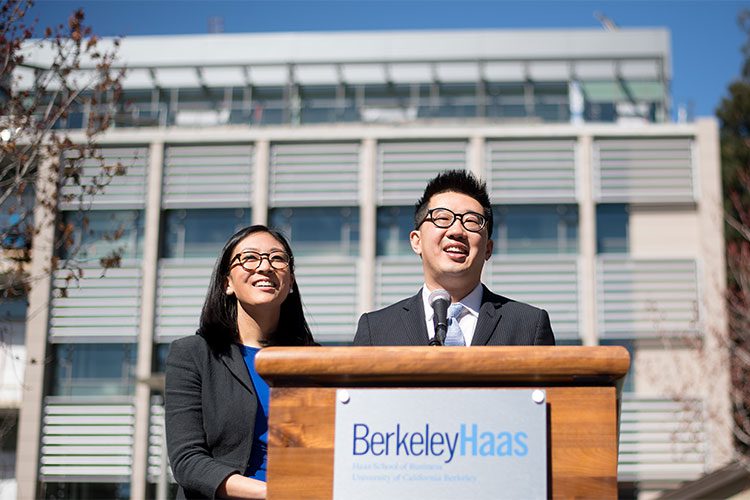
Kevin Chou and Dr. Connie Che appearing at the Berkeley Haas School of Business last March, after announcing their record-breaking school donation (Noah Berger/2017)
The building bears the name of Kevin Chou, BS ’02, founding CEO of mobile gaming company Kabam, and his wife, Dr. Connie Chen, in recognition of their $25 million donation, the largest to date from an under-40 alum. The remaining funds for the $60 million building also came entirely from alumni and friends of the school.
In addition to LEED Platinum and WELL certification, Chou Hall has been designed to divert 90 percent of waste—including through the mandatory use of reusable mugs and water bottles that can be replenished at filling stations and compost and recycling bins on every floor—which will allow it to achieve zero waste certification by summer 2018. This would make it the first business school in the country to do so.

Early-stage concept art for the Connie & Kevin Chou Hall.
There are no places to dispose of other types of trash—encouraging those who use the building to adopt a “’pack-it-in, pack-it-out’ mentality,” according to Courtney Chandler, senior assistant dean and chief strategy and operations officer. “It might take a little getting used to, but we don’t think it will be hard for the Haas community—we’re all about questioning the status quo and redefining business-as-usual,” Chandler said in a story on the Haas website, referring to two of the school’s defining principles.
The building includes eight tiered classrooms and four flexible classrooms, totaling 858 new classroom seats, as well as 28 student and meeting rooms. This provided the much-needed additional space Haas required to expand its class size. A sixth-floor event space will open next month, and a café offering sustainable, locally sourced food—what else—is slated to begin serving students in early 2018.
This article has been edited and republished with permissions from Clear Admit.
What MBA Class of 2019 Profiles from HBS, Kellogg Reveal about YOUR Admission Chances

Northwestern’s Kellogg School of Management last week released a profile of its incoming Class of 2019, and Harvard Business School (HBS) earlier this summer released its own preliminary Class of 2019 profile. (The Boston school notes there could be subtle shifts come late August when the final class matriculates.) A look at both reveals that this past admissions cycle was a competitive one with few major shifts from the year before. It also shows some striking similarities between the incoming class compositions at the two schools.
Application Volume Increases
HBS clearly outperformed Kellogg in terms of application volume. At HBS, applications rose from 9,759 in 2015-2016 to 10,351 in 2016-2017, a 6 percent increase. The school maintained its stringent 11 percent acceptance rate, second only to Stanford’s, which has historically hovered around the 6-percent mark. Total enrollment this year is 941, down from 942 last year. According to the school, yield this year was 91 percent, which means more than nine of 10 accepted students decided to enroll.
At Kellogg, applications rose a more modest 1 percent over last year. Melissa Rapp, Kellogg Director of Admissions, characterized application volume as “steady” in an interview with Clear Admit earlier this summer. The single percentage point increase included slight upticks in domestic applicants as well as those from some international markets, which offset declines in applicants from other international markets, she says. Applications totaled 4,553 last year, which puts this year’s number closer to 4,600. Overall, 478 students comprise the incoming class, up from 474 in the Class of 2019.
Kellogg Continues Its GMAT Ascent
But where GMAT scores are concerned, Kellogg outshone HBS. HBS reported a median GMAT score of 730—identical to the two prior years. HBS does not share average GMAT score data, but it does reveal that the middle 80 percent of the class submitted scores between 700 and 770.
Kellogg, which shares average GMAT score, saw this metric rise another four points over last year, to 732. It’s the continuation of a multi-year increase for the Evanston school that just five years ago had an average GMAT score of 708. Its meteoric rise places it second only to Stanford Graduate School of Business where this metric is concerned, barring significant jumps at other schools that have not yet reported average scores for the incoming class. (Stanford GSB doesn’t release its incoming class profile until later in the fall, but last year’s average GMAT score was 737.) Kellogg’s overall GMAT score range was between 600 and 780. Last year, the range was 690 to 760—but last year’s data only reflects the middle 80 percent range, before Kellogg started reporting full range.
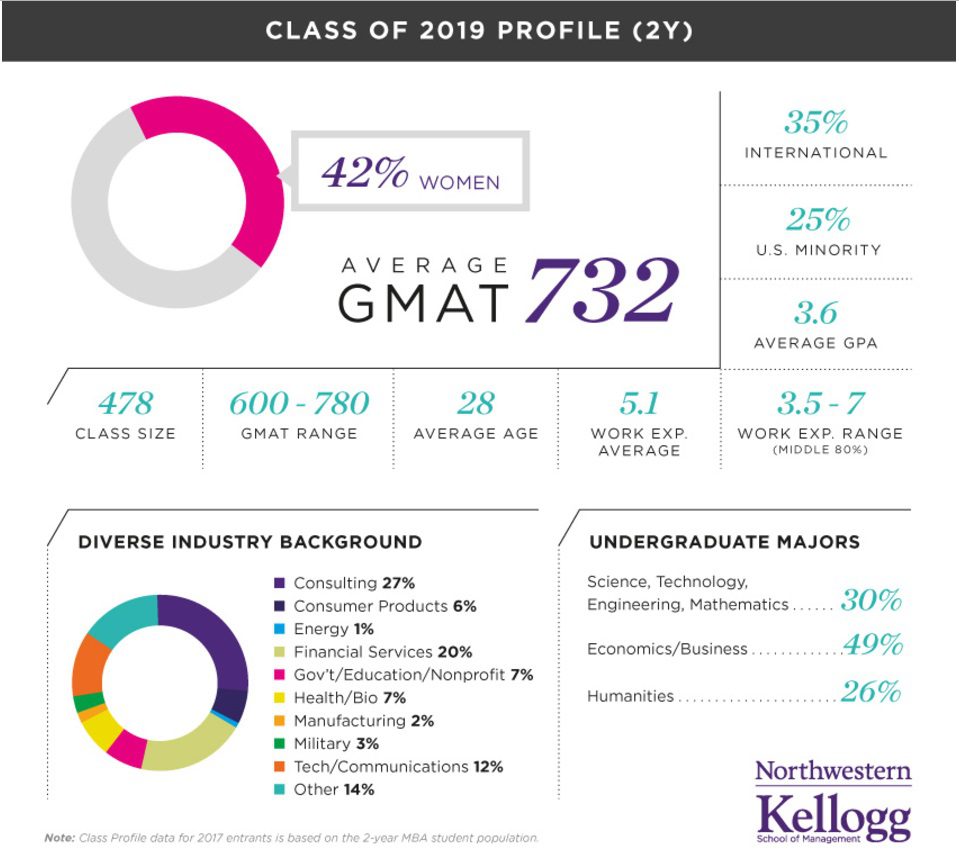
Undergraduate GPA, Major
In terms of average undergraduate GPA, HBS saw slight gains over last year, up to 3.71 from 3.67. At Kellogg, average GPA stayed the same as last year, at 3.6. As for what applicants studied while in college, both schools showed a greater preference for business backgrounds this year than last. At HBS, 45 percent of the incoming class majored in business or economics, up from 41 percent the year before. STEM majors were next, at 36 percent, with humanities majors bringing up the rear at just 19 percent. (Last year, STEM majors accounted for 38 percent, humanities majors, 21 percent.) At Kellogg, 49 percent of this year’s incoming class majored in business or economics, up from 45 percent of the previous class. STEM majors, meanwhile, made up 30 percent (up from 29 percent the year before), and humanities majors rounded out the class, at 26 percent (compared to 28 percent last year).
Class Diversity Similar at Both Schools
In terms of class diversity, both Kellogg and HBS will welcome incoming classes that are 42 percent women, down slightly from 43 percent at HBS and up slightly from 41 percent at Kellogg. Forty-three percent has thus far proven the high-water mark at both institutions.
At HBS, 35 percent of the class is international, and 26 percent belongs to U.S. ethnic minorities—mirroring last year’s stats. Kellogg’s incoming class is also 35 percent international, though U.S. minorities are 25 percent, a percentage point decline since last year. Still, Kellogg notes that this year’s class is among the school’s most diverse ever.
At HBS, the incoming class counts students from 70 countries, though 69 percent of students are from North America and 65 percent are from the United States. Students from Asia make up 14 percent of the class, with Europeans comprising another 10 percent. Student from Central and South America make up another 4 percent of the class, and 2 percent—or 16 students—hail from Africa.
Varied Professional Experience
Both schools tout the varied professional experience represented by the incoming class. At HBS, those from a consulting background make up 16 percent of the class, followed closely by venture capital and private equity, which each comprise another 15 percent. The financial services category makes up 11 percent, followed by government/education/nonprofit, healthcare/biotech, and other services (each at 7 percent); consumer products and energy (6 percent each), and finally manufacturing and military (each at 5 percent). HBS shared that the average age of those in the incoming class is 27, though no details about average years of work experience were made available.
HBS Touts Its Diversity in Video Entitled “Mosaic of Perspectives”
Kellogg, meanwhile, shows a greater predilection toward applicants from a consulting background, who make up 27 percent of this year’s incoming class. Applicants who have worked in financial services follow, at 20 percent; “other” makes up 14 percent, and those from a tech/communications background make up 12 percent. Other less represented backgrounds include government/education/nonprofit and healthcare/bio (each 7 percent), consumer products (6 percent), military (3 percent), manufacturing (2 percent), and energy (1 percent). Average work experience at Kellogg this year is 5.1 years, with 80 percent of the class having between 3.5 and 7 years. The average age of the incoming class is 28.
Rapp expressed great enthusiasm about both the diversity and high quality of the group of students who are just now arriving on campus, noting that theirs will be the first class that will get to enjoy Kellogg’s gorgeous new Global Hub for their entire time in business school. “As we do every year, we looked for leaders that are focused on collaborating to create impact and lasting value wherever they go—before Kellogg, during their time at Kellogg, and in the future,” she said. “Our comprehensive approach to admissions enables us to attract an incredibly well-rounded group of students to Kellogg. The quality of the applicant pool has increased this year, and the quality of our accepted students is commensurate with that.”
Chad Losee, HBS managing director of MBA admissions and financial aid, shared fewer words but no less enthusiasm. “So hard to capture the talent and diversity of perspectives in this group. They are amazing!” he wrote on his Director’s Blog.
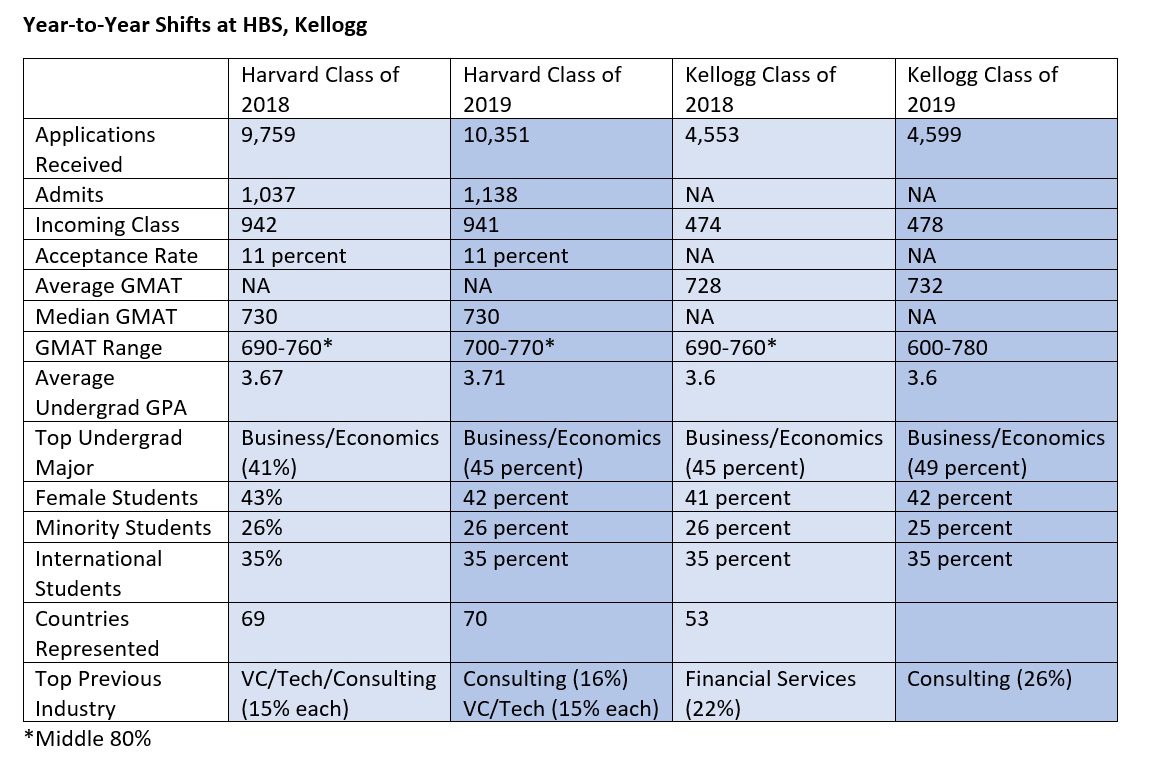
This article has been edited and republished with permissions from Clear Admit.
Savvy MBA Application Strategy: How Many, Which Schools, and When to Apply

You’ve decided the MBA is the next stop on your career path. What now? The smartest applicants are those who take the time to create an informed MBA application strategy—a well thought-out game plan that can help you obtain your goals as efficiently and effectively as possible.
One of the first challenges you’ll face is school selection—strategically choosing which schools to target, bearing in mind the competitive mix of those schools.
In recent years, MBA applicants appear to be trending downward in terms of the total number of schools to which they apply. Research we have undertaken on data from MBA DecisionWire suggests that candidates now typically apply to about five programs. You can also explore MBA ApplyWire to learn more about other candidates application strategies.
“A combination of factors could be at play here,” suggests Alex Brown, a consultant to Clear Admit who spent years working in MBA admissions at Wharton. “More information is now available about schools, so it is easier for candidates to determine which are truly target schools, rather than the more shotgun approach of yesteryear,” he says. “The complicated nature of the application, engaging recommenders and so forth, may also be encouraging applicants to really refine their school list before applying.”
Making Your List
So what types of schools should make up the list a candidate ultimately applies to? While the answer will obviously depend on the individual candidate, one piece of advice applies to all. “Remember: Only apply to schools you would be absolutely happy to attend,” says Brown. “There is no value in applying to a school just to get an acceptance letter if it’s not a school that will help you reach your goals.”
With that main tenet as a guide, many candidates find it valuable to classify schools into three buckets: reach schools, realistic schools and safety schools. Applying to at least one school in each of these buckets helps position a candidate to get into and ultimately attend the best possible school her candidacy will allow.
Say you apply to all safety and/or realistic schools and gain admission to every school. While on the surface this appears like a successful MBA application strategy, that is only true if your mix of schools included the best possible school to reach your goals. “If you only apply to ‘realistic’ schools, you will never know if you could have achieved something that you presumed was beyond your reach,” Brown points out. Therefore, a truly successful application strategy often includes one or two rejections along with acceptances at schools where you will thrive.
The final consideration of a comprehensive MBA application strategy is when to apply to your selected schools. That is, what admissions round should you target for which schools and why. More on that in an upcoming post, so stay tuned.
This article has been edited and republished with permissions from Clear Admit.
Harvard Business Enters Business Analytics Arena with New Certificate Program
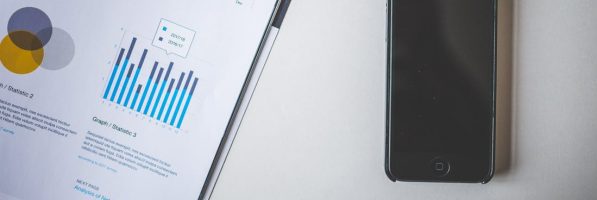
Data driven. In today’s digital world, businesses that aren’t are quickly becoming passé. To help business leaders—including MBA grads—keep up with and leverage the explosion of data now available in every industry, Harvard Business School (HBS) and two other schools at the prestigious Boston university have partnered with 2U, Inc. to deliver a new online certificate program in business analytics. The program is expected to welcome its first cohort of students in March 2018.
The Harvard Business Analytics Program, announced yesterday, will bring together faculty from HBS, the Harvard John A. Paulson School of Engineering and Applied Sciences (SEAS), and the Department of Statistics in the Faculty of Arts and Sciences to share the latest research on how data analytics play a role in everything from strategy to operations, marketing to people management. Through 2U’s leading online learning platform, participants will also hone fundamental analytic, software design and architecture, and data science skills—readying them to seize opportunities presented by today’s data-driven business landscape.
“By bringing together world-class faculty from Harvard Business School, the Harvard John A. Paulson School of Engineering and Applied Sciences, and the Faculty of Arts and Sciences, the Harvard Business Analytics Certificate Program will push the boundaries of innovation both in terms of scholarship and program delivery,” Srikant Datar, HBS Senior Associate Dean for University Affairs, said in a statement. “Business analytics is an exciting emerging field, and Harvard is uniquely positioned to collaborate across disciplines and geographies in pursuit of new ideas in this space.”
According to a press release announcing the new offering, the program targets “business leaders, including MBA graduates, seeking to modernize their analytics skills and learn new ways to analyze, interpret, and take advantage of increasingly complex data across all industries.” The 2U platform will facilitate live, interactive online classes that simulate the seminar-style setting Harvard is known for. Course content will be created by more than a dozen faculty members drawn from across the three participating schools. Though the vast majority of the nine-month certificate program is designed to be completed online, students will come to the HBS campus in Boston for two immersive two-day learning experiences, giving them a chance to meet face to face with their professors and classmates and help build their professional networks.
The program, which carries a $50,000 price tag, is a departure from the specialized data analytics master’s degree programs offered at other leading business schools, such as MIT Sloan School of Management. Harvard is hoping that part of its appeal will be the fact that it doesn’t require students to relocate or step out of the workforce to hone their data-diving expertise. To earn the certificate, students will complete seven courses offered through the three schools. The classes, held live in an online classroom, will cover hot topics in business analytics, including quantitative methods, business and financial statistics, big data, and data visualization.
Learn more about the new Harvard Business Analytics Program.
This article has been edited and republished with permissions from Clear Admit.
2017 Forté Forums Scheduled in 12 Cities Beginning August 14

It’s August, which means it’s almost time for the Forté Forums. These free events are hosted by the Forté Foundation, a nonprofit consortium of leading companies and top business schools committed to advancing the role of women in business. Scheduled for 10 U.S. cities as well as Toronto and London beginning on August 14, they are designed to help women learn more about the value of the MBA.
Whether you are a college student looking to explore options for the future, have been in your job for a few years and are thinking about a change, or are looking for a way to catapult yourself to the next level in your career, the Forté Forums are for you.
Choose to attend a forum in a city near you, and you can learn more about how the MBA can help you advance in your career, expand your earning potential, or provide opportunities to study abroad. With more than 100 leading business schools in attendance, you can also learn more about different programs directly from the school representatives who know them best.
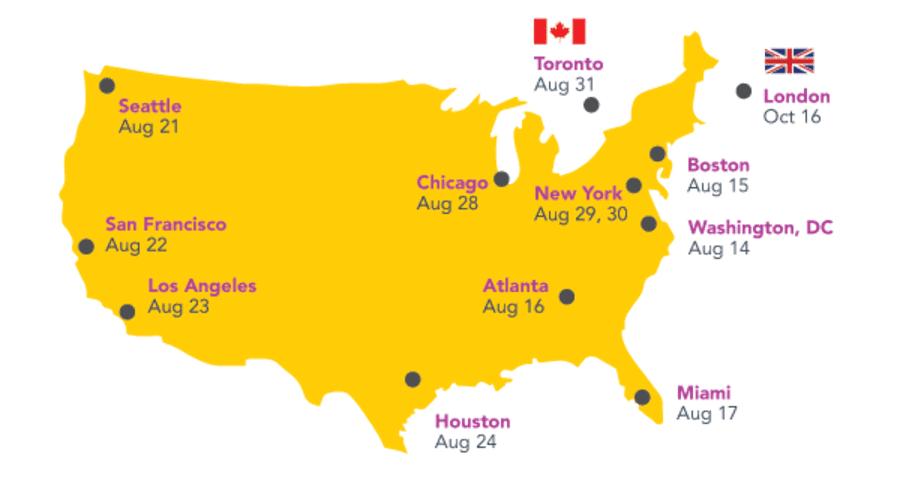
The Forté Forums also draw leading MBA businesswomen from a range of industries and career stages, eager to share their experiences and provide advice and guidance. And they give you a chance to network with other high-achieving women interested in learning more about the MBA. Former attendees of the Forté Forums report that women they’ve met at the events have become part of a lasting peer support network.
Last but not least, the forums can help you begin to think about how to finance your MBA, offering valuable information about Forté’s scholarship opportunities, as well as many other funding sources.
Whether you know nothing at all about business school and want to see what it’s all about—or you’re planning to apply this fall and want to connect with others doing the same, don’t miss out. Register for a nearby Forté Forum today!
2017 Forté Forums Calendar:
August 14th: Washington, DC
August 15th: Boston
August 16th: Atlanta
August 17th: Miami
August 21st: Seattle
August 22nd: San Francisco
August 23rd: Los Angeles
August 24th: Houston
August 28th: Chicago
August 29th and 30th: New York City
August 31st: Toronto
October 16th: London
Learn more about the Forté Forums, including how to register.
This article has been edited and republished with permissions from Clear Admit.
Admissions Tip: Deadlines
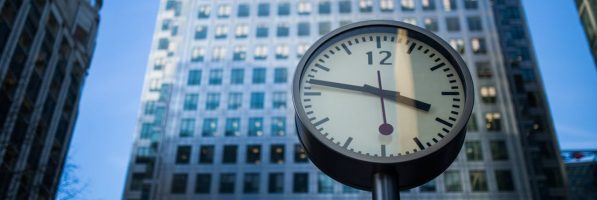
Anyone who’s familiar with the MBA application process knows that August moves forward at an accelerated pace, and come September, entire weeks seem to disappear. To help this year’s Round One applicants avoid the classic time crunch, today’s blog post offers some basic advice on how to approach the Round One MBA deadlines at a reasonable pace.
Let’s start by taking a quick look at a handful of the earliest deadlines for the top MBA programs:
September 6: Harvard Business School
September 8: Cambridge / Judge
September 12: Duke / Fuqua
September 13: Yale SOM
September 15: London Business School
September 19: Stanford GSB, Penn / Wharton, Notre Dame / Mendoza (Early Deadline)
September 20: Northwestern / Kellogg, INSEAD
September 21: Chicago / Booth, Berkeley / Haas
September 25: MIT Sloan
September 29: Oxford / Saïd
For a full list of deadlines, check out Clear Admit’s post here.
Though some schools have yet to announce their deadlines (such as UMD Smith and UCI Merage, one can still get a sense of the lineup of R1 deadlines. Here are a few tips to keep in mind when creating your personal timeline.
Plan to be busy in August.
Yes, it can be tempting to work on one’s tan instead of one’s essays. However, many MBA applicants squander the month of August only to wake up in September and realize that they cannot make their target deadlines. If you are not bogged down by professional obligations in August, this makes for a great opportunity to devote time to working on your MBA applications in the evenings. The last weeks of summer can easily be split between résumé drafting, essay writing, recommendation coaching, GMAT prep, school research, and more.
Think carefully about the timing of the R1 MBA deadlines.
Looking at the deadlines above, it becomes clear that some deadlines may be easier to make than others. A candidate applying to Haas and London Business School could have a leisurely October when compared to someone targeting Haas, London Business School and NYU Stern (Oct. 15, 2017 Round 1 Deadline). Assuming about three weeks of research and writing for each school’s application, take a look at the deadlines and count backwards to determine a start date for each. It is entirely possible to meet back-to-back deadlines, such as Tepper and Darden, but doing so requires a well-planned schedule and consistent progress.
Consider taking some time off from work.
We realize that many MBA applicants work 70 hours per week and haven’t had a day off in months. For such applicants, a day or two out of the office can really do wonders for focus and organization. Applying to business school is a serious undertaking, and in the long term you won’t regret having given yourself enough time to prepare strong applications. Many successful candidates take a week off in early September to make the final push. It’s not a glamorous way to spend your vacation time, but an offer to attend a leading MBA program can make the sacrifice well worth it.
Get your recommenders on board early.
While some of the schools have not yet made their online applications and recommendation forms available, it’s a good idea to engage your recommenders early and inform them about the process and your timeline. Sit down with each recommender, perhaps over lunch or coffee. Present them with an outline of the deadlines and the process. It’s then a wise idea to meet again once the forms are available, and by that time many applicants are in a position to share their background materials (a résumé, career goals essays, etc.) to help their recommenders understand—and support—their message.
Happy planning!
This article has been edited and republished with permissions from Clear Admit.
